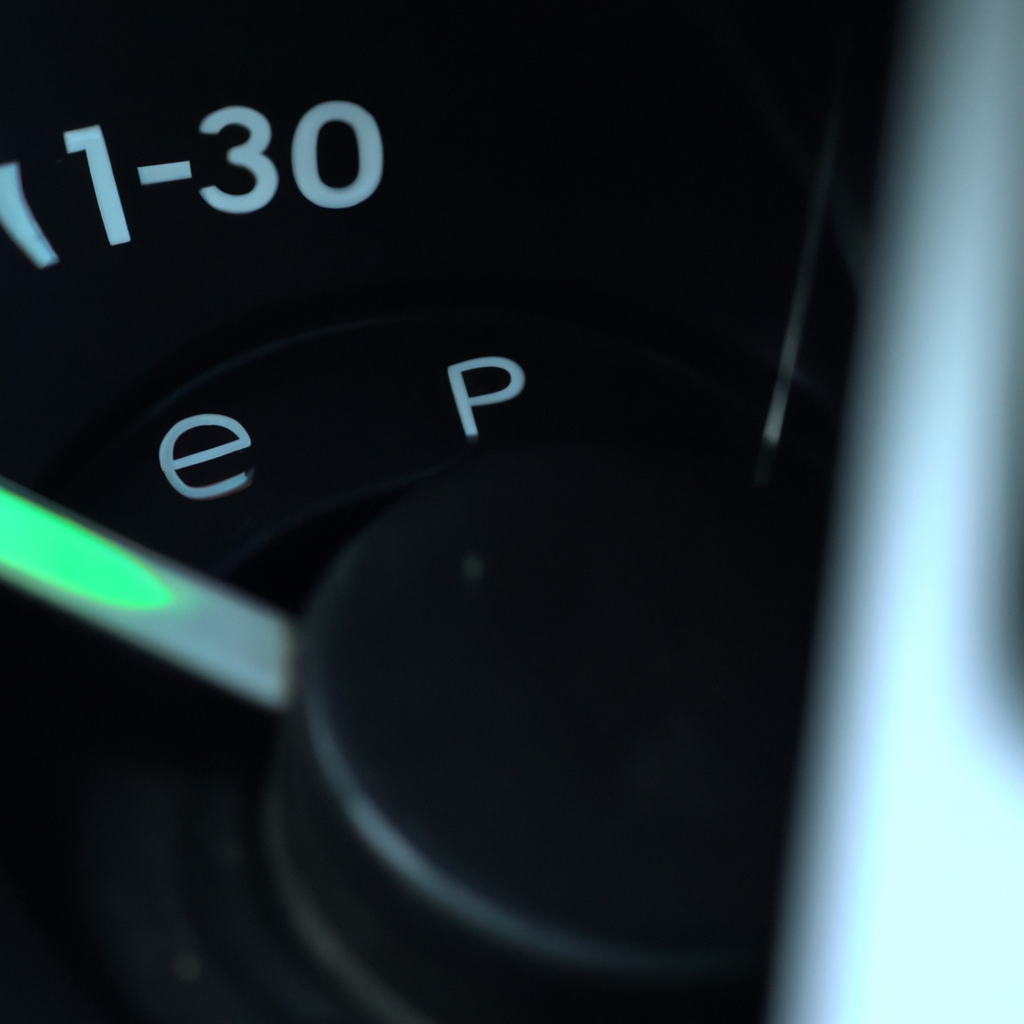Have you ever wondered how a car’s fuel gauge works, and how it accurately measures the amount of fuel in your tank? The fuel gauge is an essential part of any vehicle, providing drivers with vital information about their fuel tank’s capacity and ensuring they don’t run out of gas unexpectedly. In this article, we will explore the inner workings of a car’s fuel gauge, including how it works, the different components involved, and how to ensure its accuracy.
How fuel gauge works
At its most basic level, a fuel gauge measures the amount of fuel in the tank and displays it to the driver. The gauge is typically located on the dashboard and features a needle that moves up and down the gauge’s face, indicating the fuel level. The fuel gauge works by using a combination of electrical and mechanical components to measure the fuel level accurately.
Fuel level sensor
The fuel level sensor is the primary component of the fuel gauge system. It is typically located inside the fuel tank and consists of a float attached to a metal rod. As the fuel level in the tank changes, the float moves up and down the metal rod, which is connected to an electrical resistor. The resistor sends a signal to the car’s onboard computer, which then calculates the amount of fuel in the tank and displays it on the fuel gauge.
Fuel tank capacity
The fuel tank’s capacity is another critical component of the fuel gauge system. The fuel tank’s size determines how much fuel the car can hold, and the fuel gauge must be calibrated to accurately measure the tank’s capacity. The tank’s capacity is typically measured in gallons or liters, and the fuel gauge is calibrated to display the fuel level based on the tank’s total capacity.
Fuel gauge accuracy
Fuel gauge accuracy is essential to ensure that drivers have accurate information about their fuel level. However, several factors can affect the fuel gauge’s accuracy, including:
- Age and wear of the fuel level sensor
- Changes in the vehicle’s weight distribution
- Driving habits, such as acceleration and braking
- Variations in fuel quality and density
To ensure the fuel gauge’s accuracy, it’s essential to keep the fuel level sensor and other components of the fuel gauge system well-maintained. Regular tune-ups and inspections can help identify any issues that might affect the fuel gauge’s accuracy and ensure that the system is working correctly.
Conclusion
In conclusion, a car’s fuel gauge is an essential part of any vehicle, providing drivers with vital information about their fuel tank’s capacity and ensuring they don’t run out of gas unexpectedly. The fuel gauge works by using a combination of electrical and mechanical components to measure the fuel level accurately, including the fuel level sensor, fuel tank capacity, and fuel gauge accuracy. By understanding how the fuel gauge works and keeping it well-maintained, drivers can ensure they have accurate information about their fuel level and avoid running out of gas on the road.







